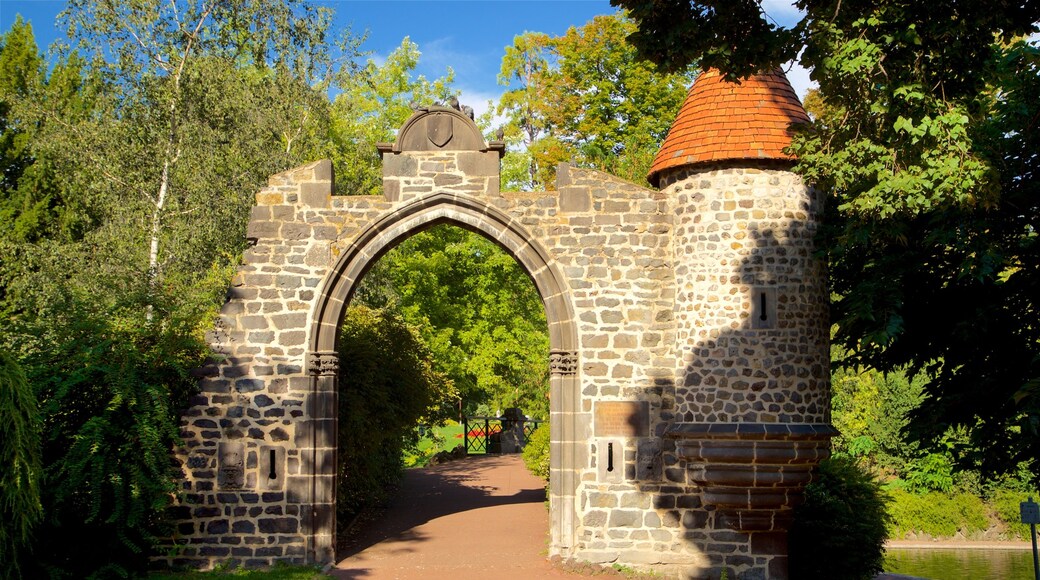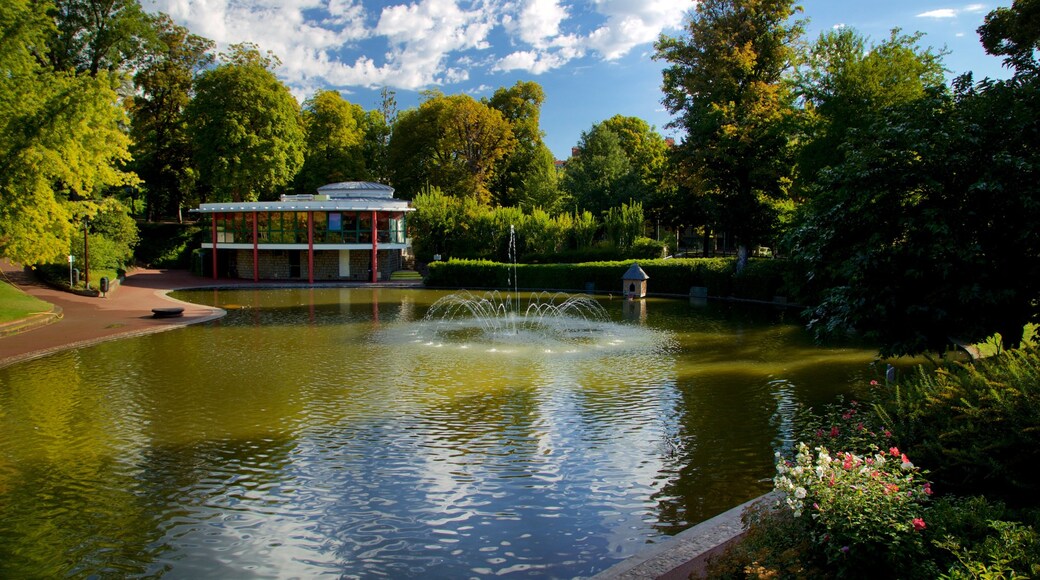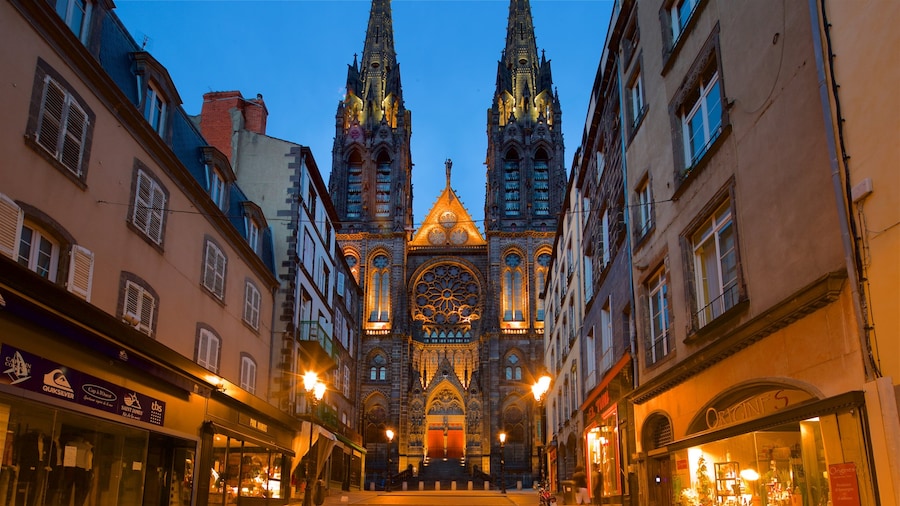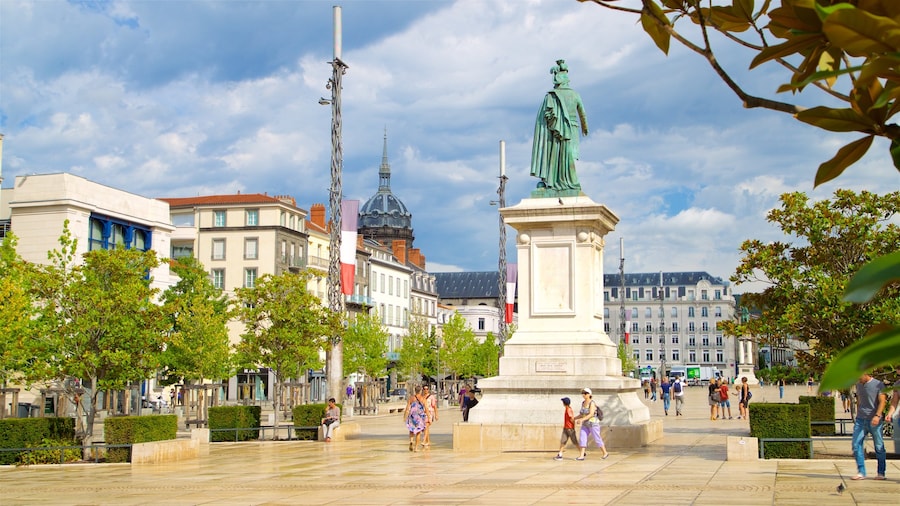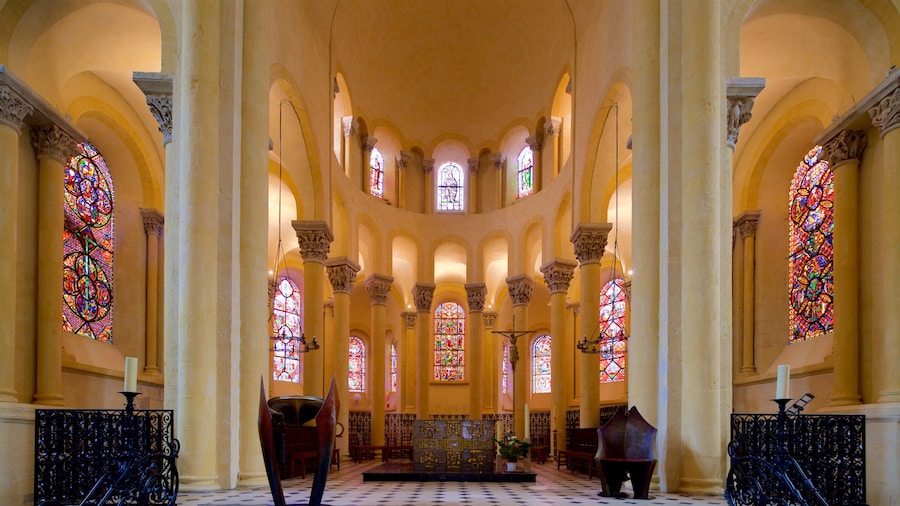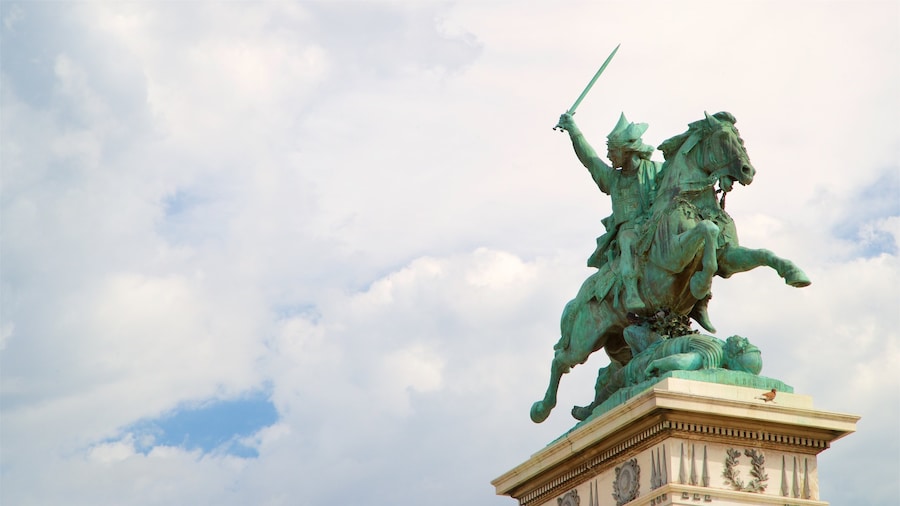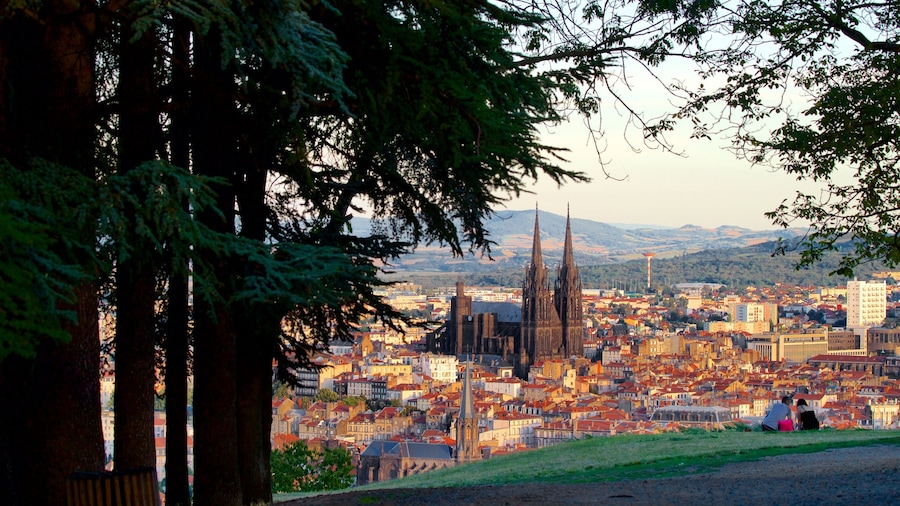In the centre of Clermont-Ferrand is a green space perfect for escaping the hustle and bustle of the streets. Relax here with a book after a hearty lunch.
Jardin Lecoq is a 12-acre (5-hectare) botanical garden filled with plants, statues and water features. Set aside a morning or afternoon to explore this green space as there is enough here to absorb many hours.
Work on the garden began in 1863 by Henri Lecoq, who planned to create a space where people could come to learn about plants and animals. Since then it has undergone many changes, including a short time as a zoo. Go to the Muséum Henri Lecoq to see a stuffed sea lion, the park’s last official animal resident.
Nowadays the park is filled with wonderful plants and some rare exotic trees. You will find something beautiful in bloom in any season. Visit the pond, complete with fountain. Grab a window seat in the Pavilion Lecoq and enjoy a coffee with a view of the water.
If you are visiting in summer, don’t miss the rose garden. Take in the heady perfume as you linger beneath one of the pergolas and surround yourself with thousands of flowers. The smaller pond here, Le Bassin du Triton, contains one of the many sculptures found in the gardens. There are also busts of some of the key builders of the park, including Henri Lecoq.
Be ready to spot some remarkable historical artifacts, such as the corner turret and doorway of the Château de Bien-Assis. This remaining piece of a 15th-century castle was saved from demolition in 1915 and rebuilt in the park brick by brick. Thankfully, not everything has been left how it was. Before the fence was erected around the park there was a “saut du loup,” a deep, mud-filled ditch, which was a very smelly way of keeping people out.
The Jardin Lecoq is open year-round, though times change depending on the season. The garden is free to enter. It has public toilets, which you must pay to use. Access the garden from Avenue Vercingétorix, Boulevarde Lafayette or Cours Sablon. Place de Jaude a 10-minute walk to the north.

